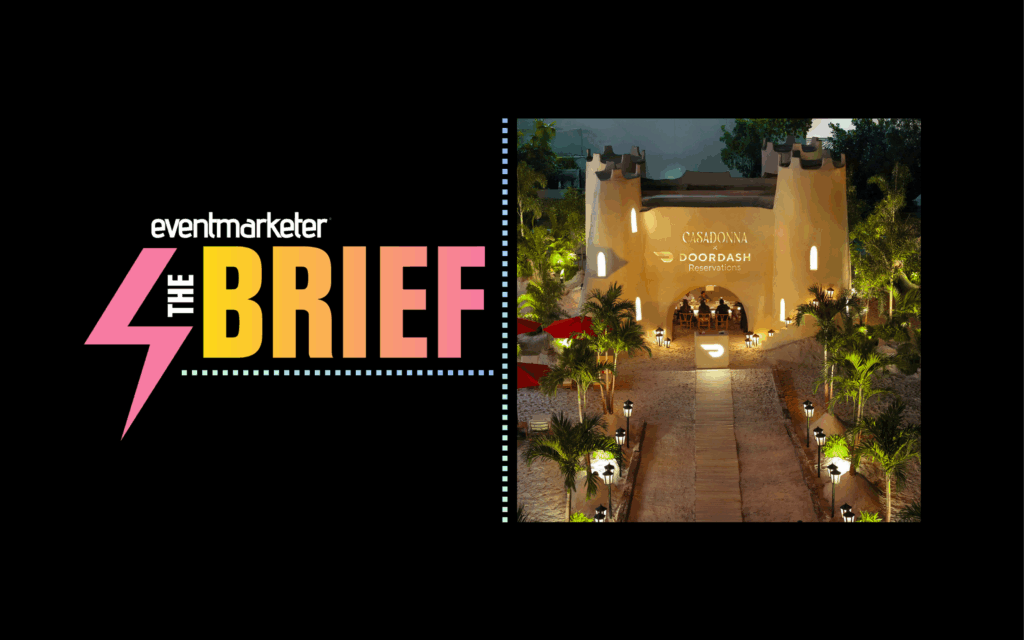Have you been having an easier time these days finding your favorite brand on a supermarket shelf?
Now there’s empirical evidence that an uncluttered merchandising mindset on the part of many retailers may be responsible.
A whopping 60% of CPG categories are receiving fewer physical displays and signs for new products and price reductions this year, according to a new report by Information Resources, Inc.
In fact, over the past few years there’s been a steady decline of allocated space, states the study, “CPG Merchandising Trends 2007: New Strategies for a New Retail Environment.” The number of grocery store P-O-P displays alone has dropped nearly 10% in the past two years.
About two-thirds of CPG categories in drug stores saw declines in merchandising this year and last year.
Topping the list of categories facing the largest declines in merchandising are refrigerated juices and drinks at 6.8% in the 52 weeks ended on June 17. Frozen poultry followed at 4.4%, then batteries at 3.9%, the report found. Other categories in decline include hair coloring, bottled juices and refrigerated entrees.
“The stores have gotten congested,” explains Thom Blischok, IRI Retail Solutions and Strategic Consulting president. “It’s not uncommon to see 100 to 150 in-store displays in a given week, but we’re seeing that drop.”
Retailers believe they’re improving the shopping experience by not bombarding consumers with commercial messages.
Dubbed “clean floor” policies, stores are placing restrictions on the number, size, configuration and the appearance of displays to improve the overall shopping experience.
“Their opportunity is shrinking,” Sheila McCusker, the editor of IRI Times & Trends, says. “Merchandising is really going to have to fit in with retailers’ overall growth strategies.”
To combat the decline, manufacturers are experimenting with new tools and strategies to fill the P-O-P void.
Solutions
Be on the lookout for multicategory promotions and themed displays offering ideas for everything from meals to spring cleaning.
Fresh Express, which manufactures ready-to-eat salads, for example, launched a promotion with retail partners Albertsons and H-E-B and 30 other brands that offered discounts when buying multiple products, including entrees, side dishes and beverages.
“It’s a great example of how to get more bang for their buck and maximize display space while making shopping easier for consumers,” McCusker says.
The idea worked. Over a nine-month period, Fresh Express saw a more than 50% volume lift, IRI’s report found. And other participating brand sales jumped an average of 40%.
“Consumers are looking for something different,” Blischok says. “Traditional product displays are in some ways being transitioned to solutions displays, which get the consumer back interested in the displays themselves.”
Displays will soon also target specific demographics like baby boomers, Hispanics or young families.
“The foundation of the next generation is centered on a deep, intimate understanding of the shopper in-store,” Blischok says. “You have to understand how to build the right assortment, understand what not to put in the store, as well as what to put in the store. Consumers want relevance.”
Trip-Based
Consumer research is helping retailers craft merchandising and marketing around specific trips to the store. For example, stores can arrange merchandising so bread and milk are close to each other.
For marketers, the takeaway is to create promotions that align with like-minded shopping patterns.
High-Tech
More companies are taking advantage of in-store TV networks, digital signage and intelligence carts — carriages fitted with technology that monitors buying people’s habits with a swipe of their store cards.
Companies like Shaw’s, Albertsons, Kroger and Pathmark already offer in-store TV programming. Others, like Wal-Mart, use the technology to air targeted ads by department or customer segment while people are shopping.
Some 44% of CPG marketers say small digital shelf signs will help transform in-store marketing, compared to 24% who favor small shopping carts and 18% for large network monitors, the report says.
“Expect to see some marvelous innovation in merchandising displays,” Blischok says. “It’s being driven by consumer change. It’s being driven by manufacturers’ desire to bring something different to consumers and the desire to make the store more exciting, more of a place where people will come back for shopping stickiness.”
Methodology: The report is based upon an analysis of in-store audit data available through the IRI In-Store Solutions Suite, which tracks the presence of merchandising and store scanner data available through IRI InfoScan Reviews over 52 weeks ended July 17.
For more articles on retail marketing go to promomagazine.com/retail



